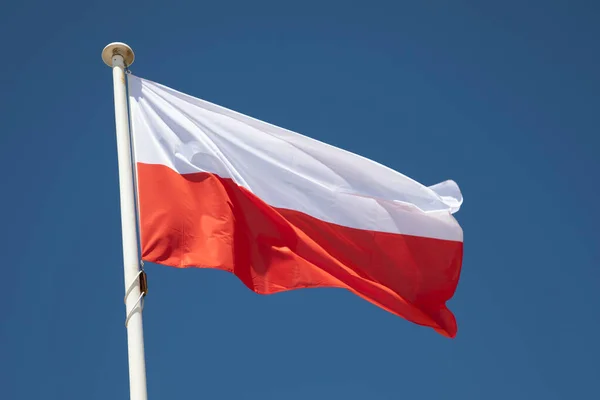Poland’s Deficit Will Be High In 2024 But New Government Trims Elections Pledges

Image Source: DepositPhotos
Poland's government has pencilled into the budget new pledges worth just 0.5% of GDP, below our 0.7% estimate. Both external and domestic conditions should allow the large fiscal gap and borrowing needs to be adequately funded.
New budget based on legacy draft
One of the most urgent tasks of the new Donald Tusk government, which took power after Mateusz Morawiecki failed to secure a vote of confidence in early December, was to prepare and legislatively process the 2024 budget. Given the limited time frame, the new draft heavily relies on Morawiecki's proposal from September.
The original plan pointed to a general government deficit in 2024 of 4.5% of GDP. Having analysed the September document and election pledges of the new ruling coalitions that are deliverable in the short term, we estimate that next year’s fiscal gap could be up to 1.5% of GDP higher i.e. around 6% of GDP. We estimate additional revenues of 0.7% of GDP. But also, we have seen a revenue shortfall of 0.7% of GDP, as the forecasts were overly optimistic (particularly with respect to VAT collections) and may, in fact, turn out to be 0.7% of GDP below official forecasts.
The proposal put forward by the Tusk administration delivers substantially less than pledged during the election campaign, but close to our estimates assuming additional costs amounting to 0.7% of GDP. The new spending in 2024 is mostly linked to the 30% wage hike for teachers and 20% higher wages for public administration. As a result, the proposed 2024 state budget deficit (cash basis) is nearly PLN20bn (0.5% of GDP) higher than initially proposed. Revenue forecasts remained broadly unchanged, so the 2024 general government deficit may still amount to nearly 6% of GDP.
Also important to note is that the highest spending bid, i.e. higher tax-free allowance (1.3% of GDP) was just postponed or not mentioned in both the speech delivered to parliament before the vote of confidence and the 2024 budget draft.
Increase in planned 2024 net borrowing needs even higher than in case of headline deficit
The September draft budget bill estimated the 2024 net borrowing needs at a record-high PLN225bn (6% of GDP). The amended draft by new finance minister Andrzej Domański boosted new borrowing by nearly PLN27bn (0.7% of GDP) to PLN252bn (6.7% of GDP) but took some steps to reduce the supply of PLN and hard currency treasury securities. A move facilitated by access to new loans from the RePower EU programme, including pre-payments that may take place this year.
The finance ministry will be challenged to place such sizeable debt supply into the market, but we believe both the external and internal environment are favourable to successfully covering the borrowing needs.
We see a few options that MinFin could use to diversify funding and surprise investors, who have been quite cautious about bidding for Polish government bonds given the expectation that higher supply could lift yields.
Firstly, domestic funding of borrowing needs may be higher than we have assumed so far - in the third quarter of 2023, deposits in the banking sector were higher than loans by PLN 67 billion. The net savings growth in the banking sector in the second half of 2023 is very high so local banks can buy a lot of government bonds next year. Secondly, the Ministry of Finance could use its current cash buffer and/or advances from EU funds, which are coming in faster than expected, to cover 2024 borrowing needs. Thirdly, the MinFin may increase bond issuance in FX, as the market absorption there is high.
Also since the 15 October general election, the new coalition has received substantial credit of trust from foreign investors. Since mid-October the PLN has gained nearly 20 figures vs. the euro.
The bottom line is that 2024 will be a year of loose fiscal policy and record-high borrowing needs, but investors are eager to accept it, assuming the credible consolidation path that will be put forward in coming years.
More By This Author:
Dutch Manufacturing Outlook 2024: The Return Of Modest GrowthRed Sea Avoidance Signals A Disruptive Start To 2024 For Trade And Supply Chains
Turkish Central Bank Likely To End Hiking Cycle Next Month
Disclaimer: This publication has been prepared by the Economic and Financial Analysis Division of ING Bank N.V. (“ING”) solely for information purposes without regard to any ...
more


